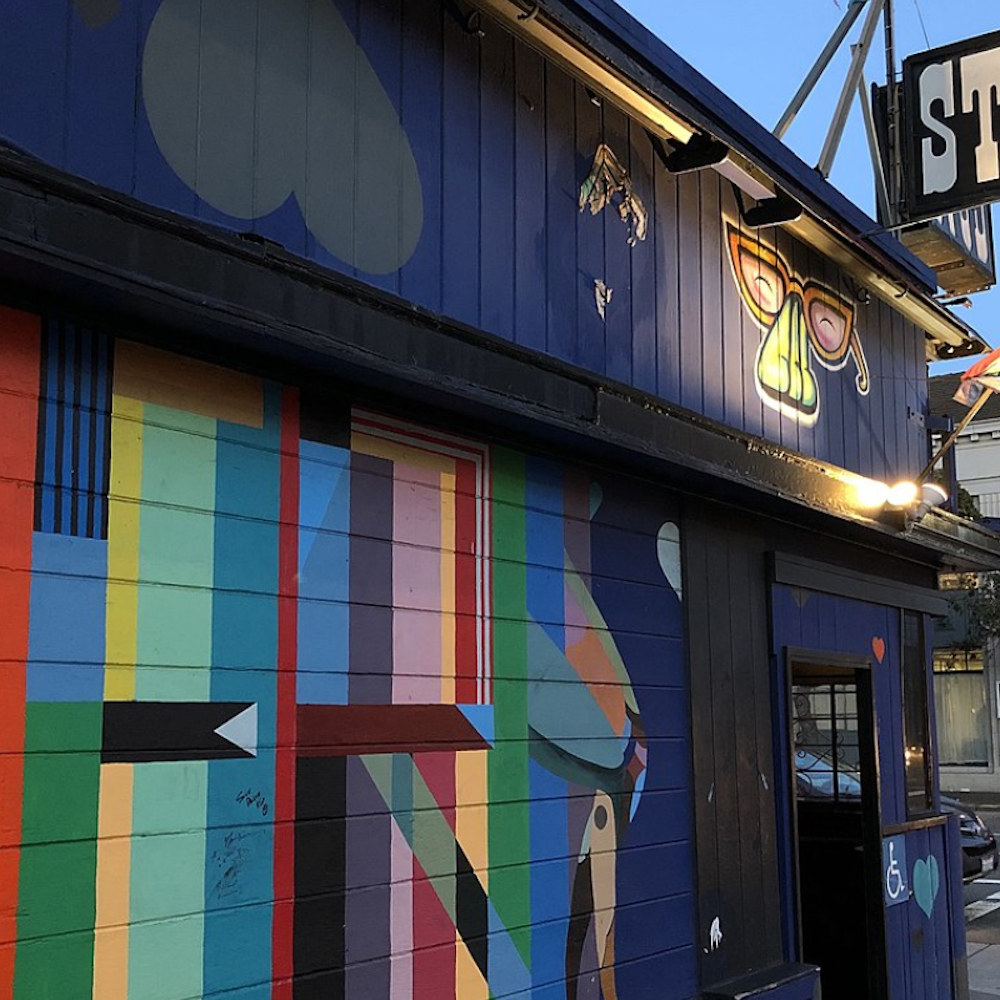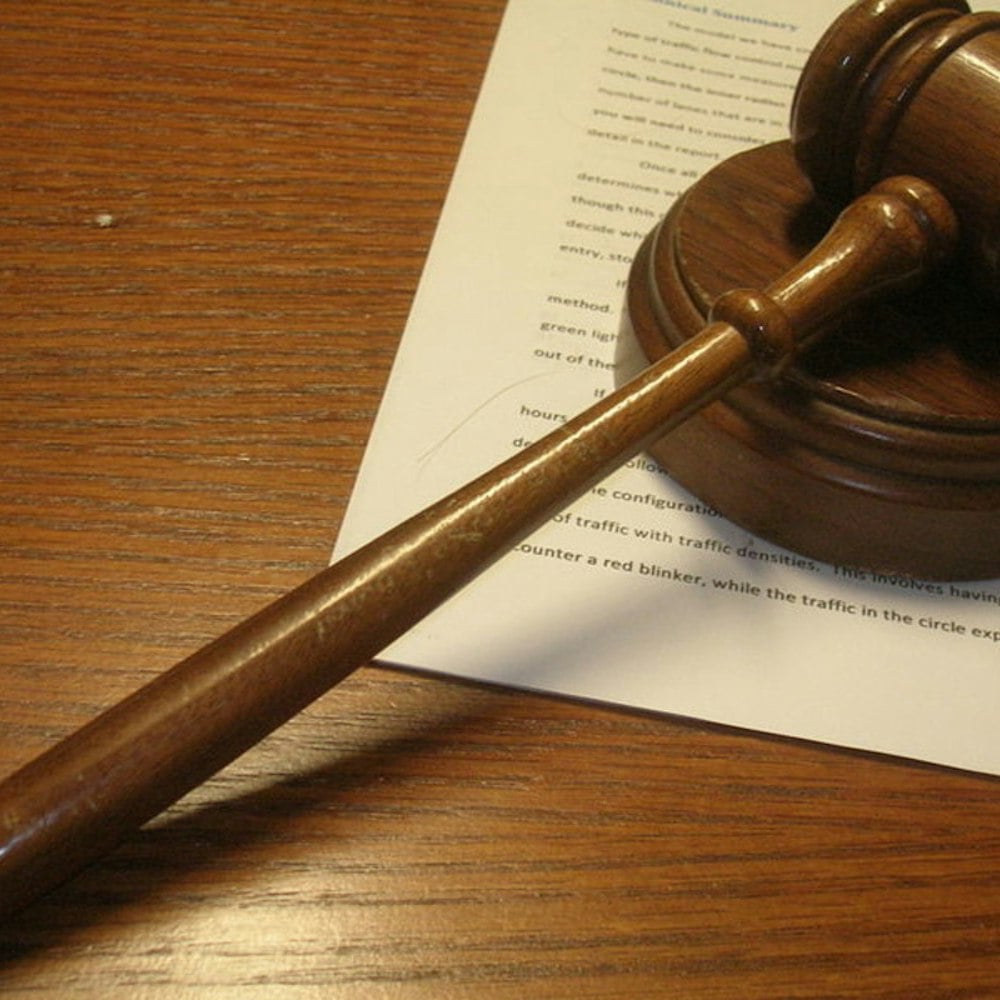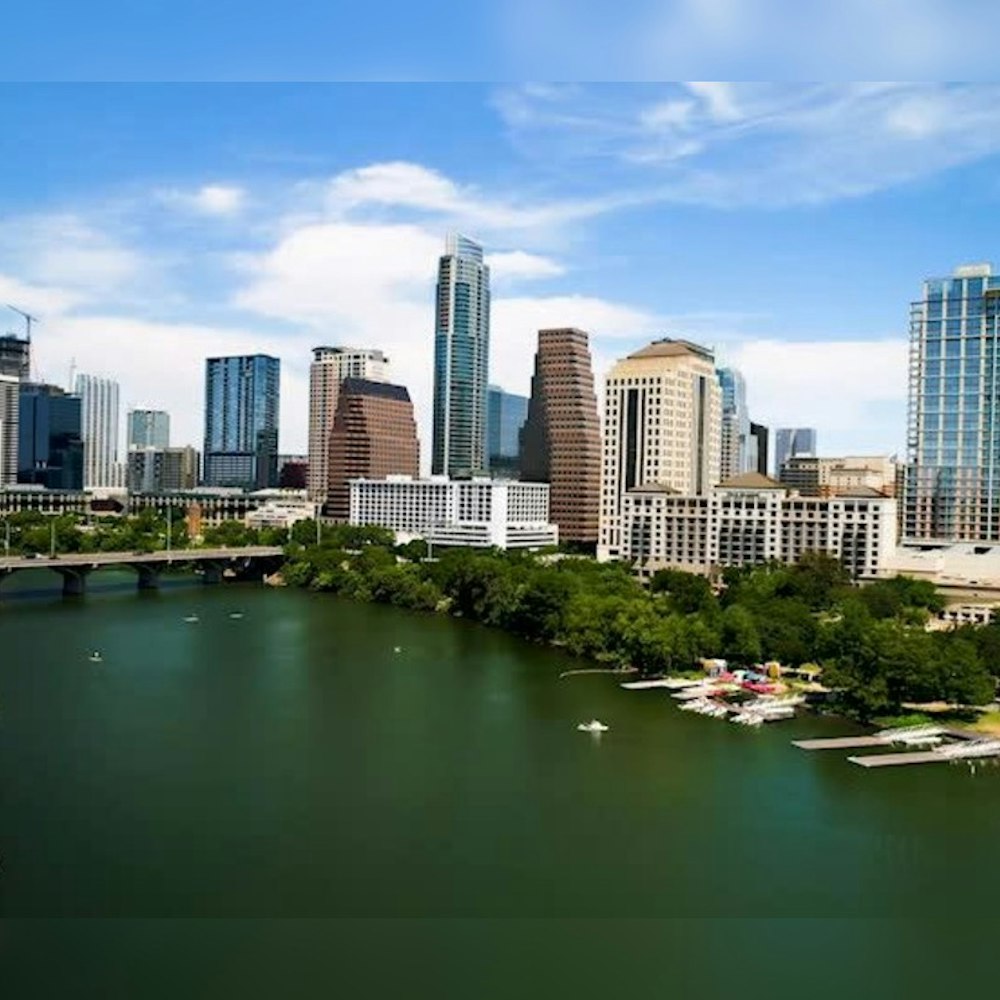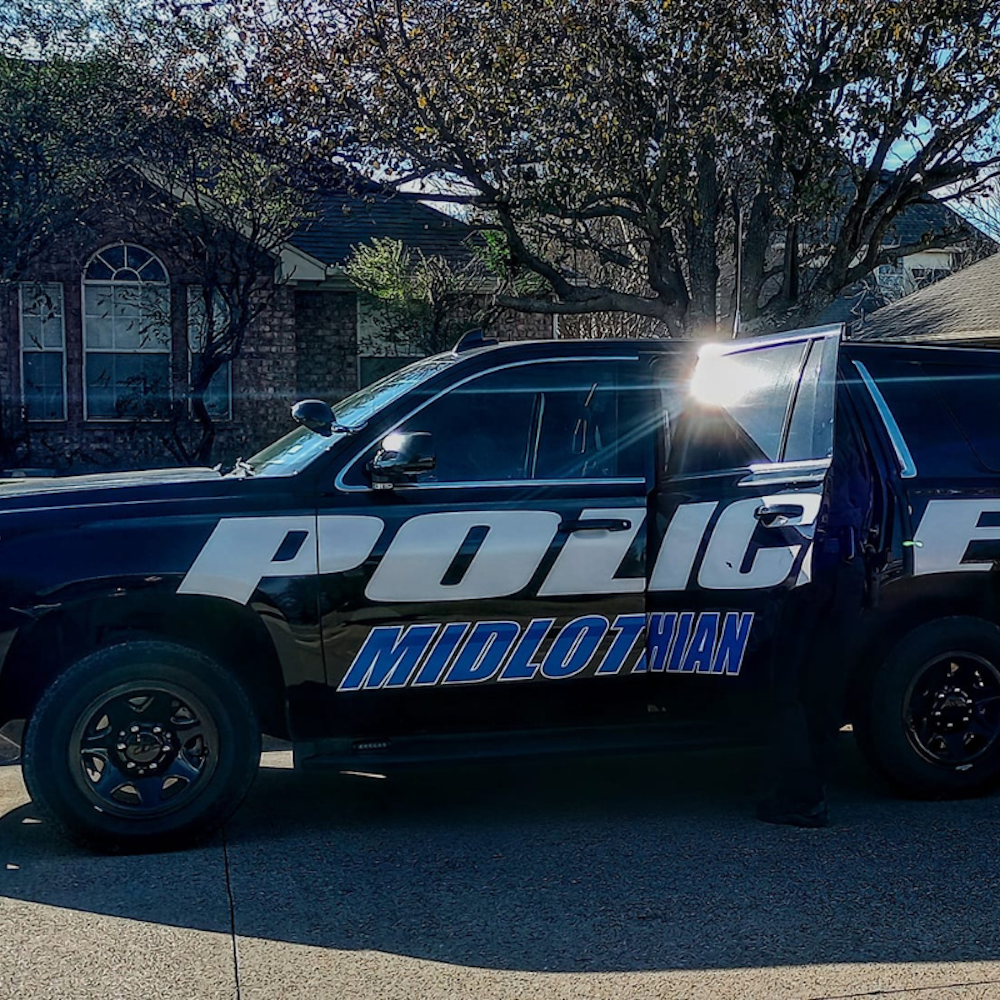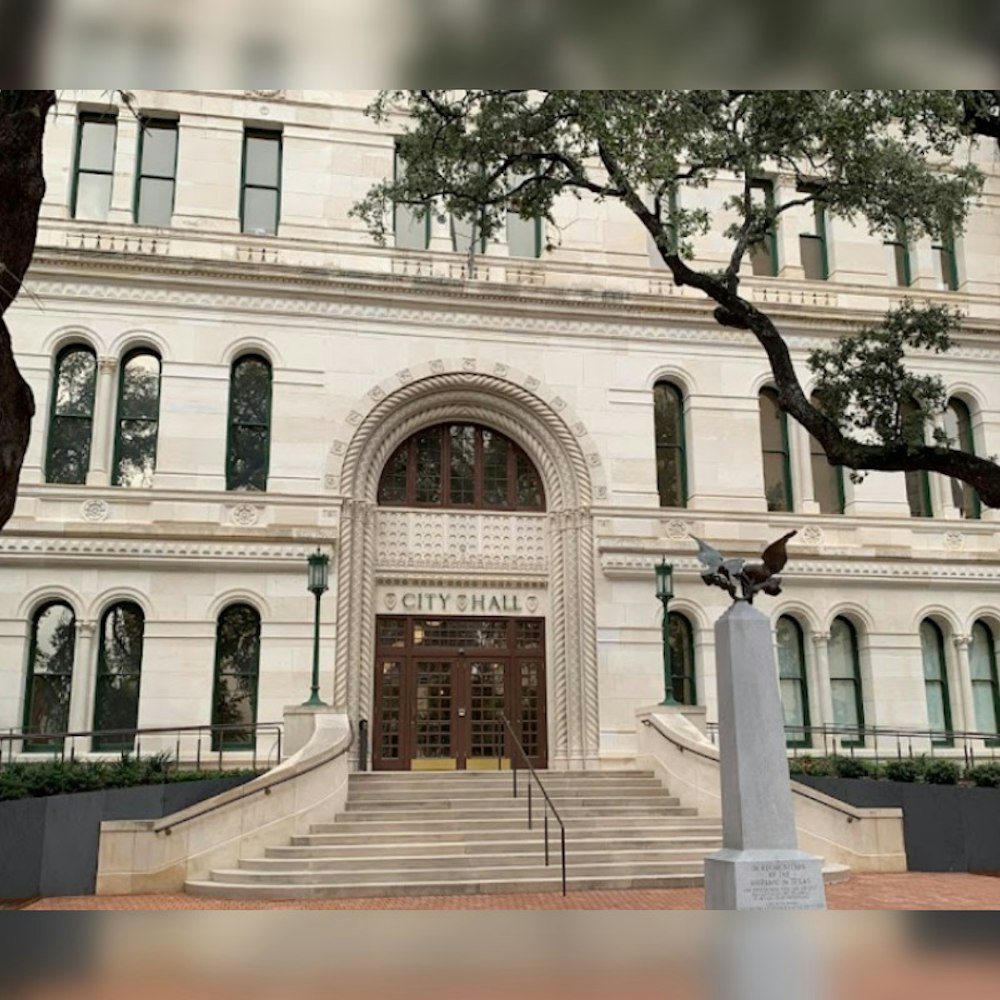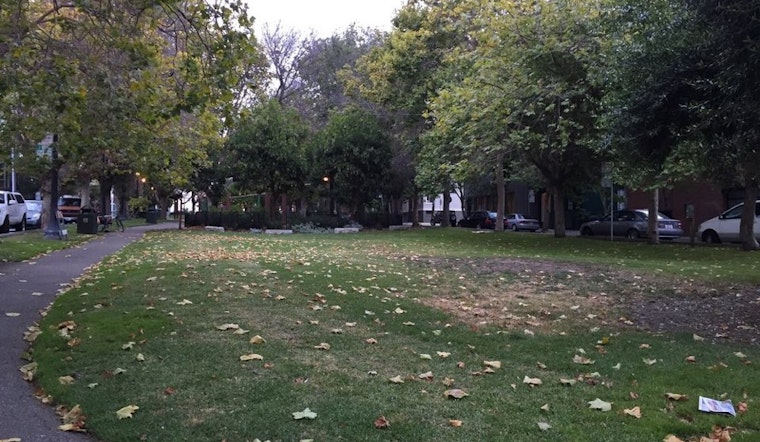
Earlier this month, city officials and community members gathered in South Park to ceremoniously break ground on a $2.8 million improvement project that's been years in the making. But not all residents are keen on the city's plans to remove a slew of trees as part of the renovations.
More than 100 people have signed a Change.org petition this week aimed at stopping the removal of more than 30 trees in the park after Dec. 14th.
Christopher Cook, a San Francisco resident who's worked in an office on South Park for eight years, says he published the petition in light of his and other neighbors' concerns regarding the environmental impacts and taxpayer dollars being used to remove the trees unnecessarily.
"What really concerns me now is that they're removing all of these trees when their own research, their own report, by the certified arborist shows that the trees are mostly in good shape and they recommend one or two for removal. Not 33," he says.
The report Cook refers to was conducted in 2012 by the Bay Area horticultural consultancy HortScience, Inc. on behalf of the South Park Improvement Association, and analyzes the health of 52 trees located in the park at the time and their "suitability for preservation," before recommending how to handle them moving forward. While it does state that the trees were generally "vigorous and in generally good health," it also highlights two limiting factors for the trees' performance
The first limiting factor is overcrowding. According to the report, the park's mature tree canopies limit direct sunlight to smaller trees below. And the smaller trees are species that grow poorly when subjected to limited sunlight.
The second limiting factor is many of the trees' existing structures. 31of the trees (60 percent) are the London plane species. These trees were pollarded while young, the report says, but that practice was discontinued years ago, allowing stems to grow low in the canopy and bow outward. "Such stems are more likely to fail than those that are vertically oriented," the report states.
And while the arborist who wrote the report recommended removing two trees with "significant defects in structure" and using pruning and cable systems to care for the rest, his recommendations also state that five of the 52 trees were in "good" health for preservation. The rest were deemed "moderate" or "poor."
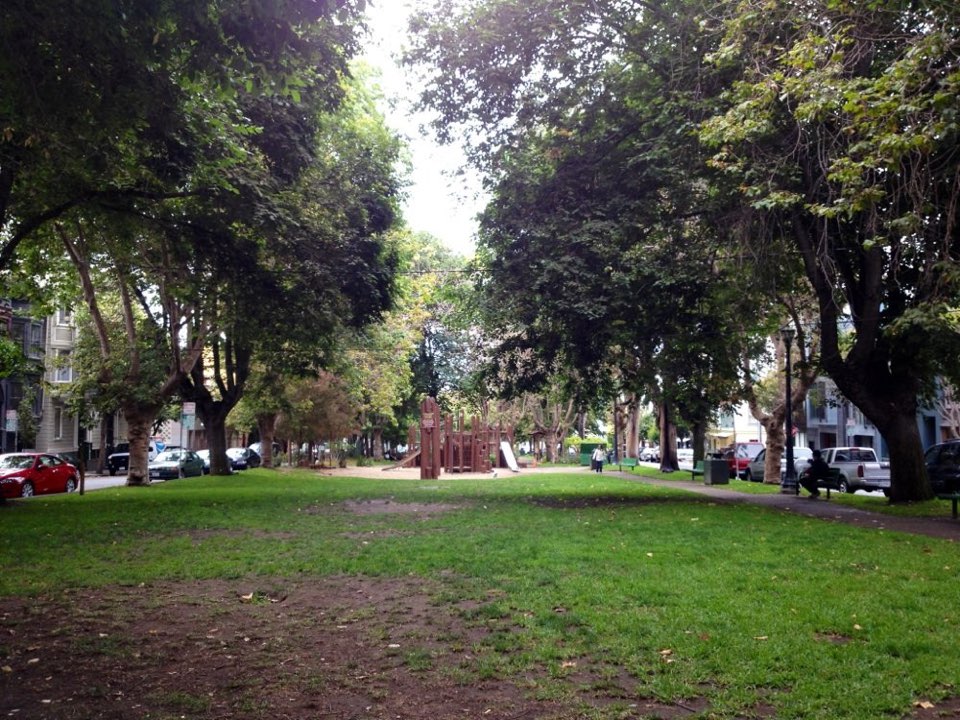 A snapshot of South Park in August 2013. (Photo: Kevin Y./Yelp)
A snapshot of South Park in August 2013. (Photo: Kevin Y./Yelp)
Cook, citing the arborist’s recommendations, said his and petitioners' larger concern is the cost and environmental destruction of removing healthy, beautiful trees, including disruption to the soil, carbon emissions and the additional water that will be needed to nurse replacement trees as they settle in. He’s contacted the Rec & Parks project manager for the South Park Improvement Project and has yet to receive a response regarding these concerns, he says. He's also contacted District 6 Supervisor Jane Kim, Rec & Parks General Manager Phil Ginsberg and the San Francisco Parks Alliance on Twitter, and only received brief responses from the Parks Alliance.
However, Rec and Parks did address community members’ concerns in a blog post published last week. The post states that a total of 38 trees will be removed and replaced with 24 new, mature trees. Of the 38 slated for removal, the department says 28 are "failing", citing overcrowding and weakness as the causes.
An additional 10 trees will be removed to make room for the new children’s playground and ADA accessible curb ramps at each of the four park entrances. Five of those may be replanted in other parks, depending on a health and size assessment.
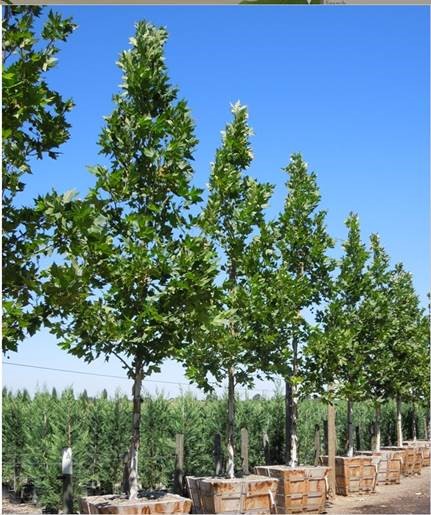 The type of tree that will be planted to replace the 38 slated for removal, Rec and Parks says.
The type of tree that will be planted to replace the 38 slated for removal, Rec and Parks says.
Toby Levy — an architect who lives and works on South Park and leads the South Park Improvement Association (which raised $500,000 of the project's $2.8 million budget) sees the tree removals much differently than Cook. The arborist report and the overall South Park Improvement Project should be looked at holistically, she asserts. "I think what we're trying to do is have a park that will be in good shape for about the next 50 years."
Citing the report as well, she added, "There were very few 'excellent' trees and there were some 'good' trees, but a lot of them were marginal, if you want to look at that way."
In regards to opposition to the overall South Park Improvement Project, Levy says that it will update, not transform, the park, noting that the original spirit and 97 percent of the existing grass will remain. About 40 to 50 community meetings were held over the past four years to discuss the project, and she does not recognize the petitioners or the cause's Facebook supporters from those community forums, she said. The trees slated for removal were also tagged with yellow dots three years ago and the community was alerted.
Cooks says he's been aware of the park improvement project for years and thinks that the money would be better spent planting trees or revitalizing other city parks – given that the park is widely used every day by diverse groups of people in a variety of ways – but plans to remove the trees were not made "publicly clear" prior to the tree removal postings that appeared in the park last week. And while he's not interested in derailing the entire effort, he is investigating the process for appealing next month's tree removals.



